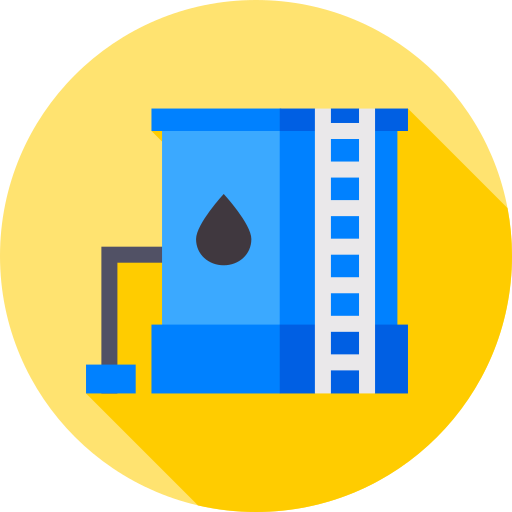
Deploying a LoRaWAN network onboard enables seamless, long-range wireless monitoring of mechanical, environmental, safety, and marine conditions without extensive cabling. Once established, it allows rapid attachment of new sensors and controls, ensuring flexible, scalable system expansion. This enhances operational efficiency, safety, and real-time data visibility across the vessel.
Following can be used case to deploy LoRaWAN

Mechanical & Operational Parameters
- ·Engine status & RPM
- ·Fuel level monitoring
- ·Oil pressure & temperature
- ·Cooling water temperature
- ·Battery voltage and charge level
- ·Vibration monitoring (for pumps and motors)

Fluid & Tank Monitoring
- ·Ballast tank levels
- ·Bilge water level monitoring
- ·Freshwater tank level
- ·Sewage/waste tank monitoring
- ·Fuel or oil leak detection

Environmental & Structural Monitoring
- ·Temperature & humidity (inside compartments or cargo areas)
- ·Deck corrosion monitoring
- ·Door/hatch open/close status (using magnetic/contact sensors)
- ·Fire/smoke detection (especially in engine rooms)

Location & Safety
- ·Worker location awareness
- ·Intrusion detection (motion or presence sensors)
- ·Crew presence / man overboard alert systems
- ·SOS/Panic buttons for crew safety

Marine Conditions
- ·Wave height sensors
- ·Tilt/heel/roll monitoring (IMU sensors)
- ·Water ingress detection (for hull breaches or flooding)

Automation & Control
- ·Remote manual valve operation (for fuel, ballast, etc.)
- ·Pump status and remote control
- ·Lighting status and control
- ·HVAC or ventilation control for compartments